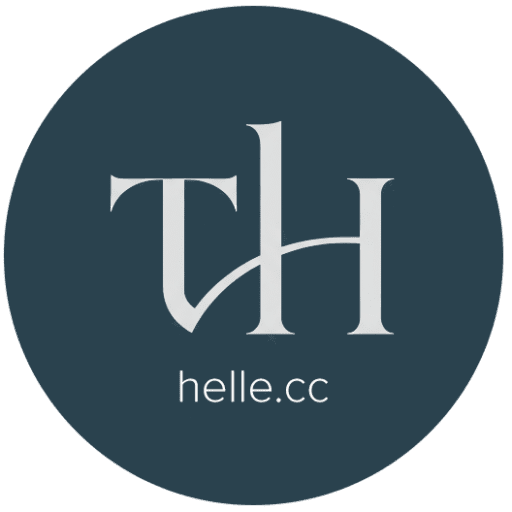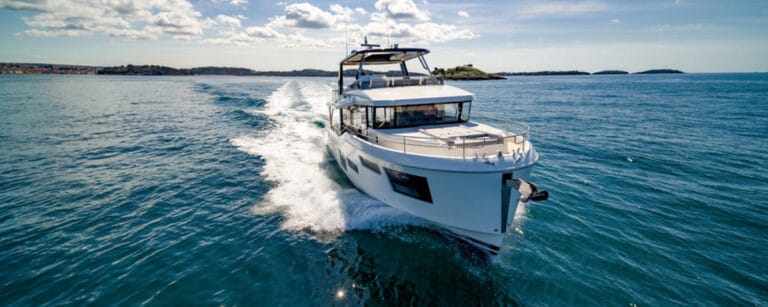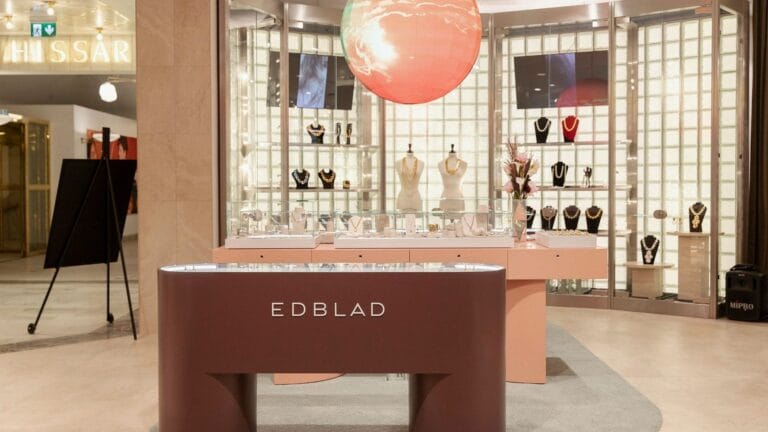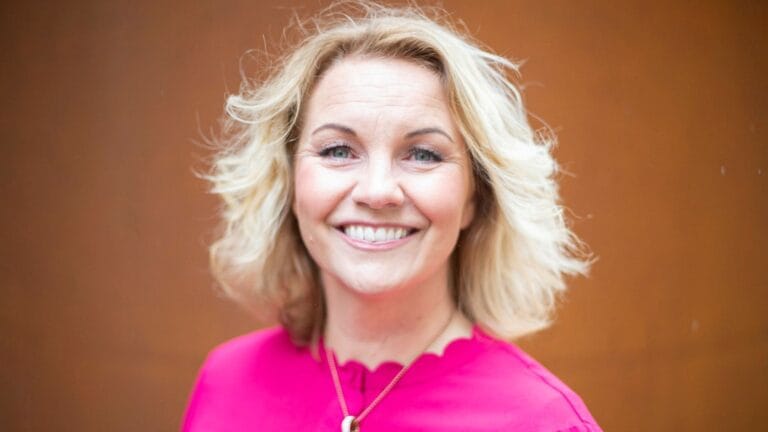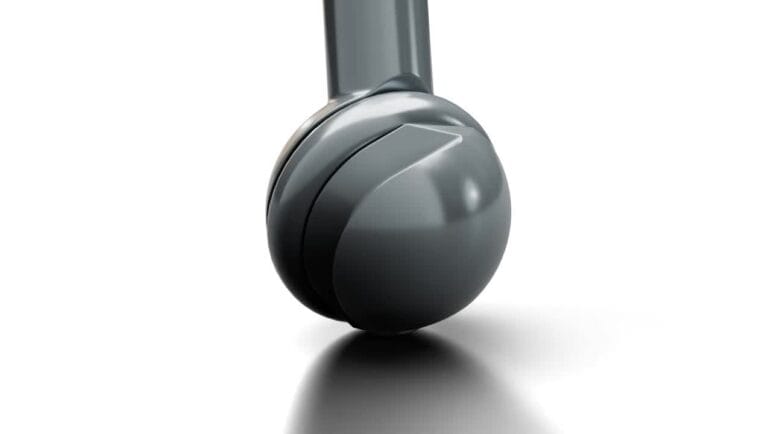An atomic winter for Swedish life science.
Christer Fåhraeus Becomes Major Shareholder in Iconovo
Lund-based serial entrepreneur Christer Fåhraeus recently emerged as a new major shareholder in the First North-listed medtech company Iconovo. His venture capital fund, Fåhraeus Startup & Growth (FSG), acquired a 15.5 percent stake through participation in Iconovo’s share issue. Iconovo, which develops medical inhalers, has a market capitalization of approximately SEK 91 million after a decidedly bleak stock market performance.
“It has been an ice age for Swedish life science. Companies that do not yet have any revenue and are listed on Spotlight or First North have on average fallen by 97 percent over the past four years. All investors have lost money. And some of these are really good things,” says Christer Fåhraeus, referring to the investment in Iconovo.
“It’s the same team that developed the multi-billion-dollar success Symbicort Turbohaler, which AstraZeneca launched across the planet, that has now developed Iconovo’s medically equivalent inhalers. So Iconovo’s goal is for their products to become interchangeable in Swedish and foreign pharmacies.”
FSG has, unlike some others, a mandate to invest in companies on non-authorized marketplaces such as Spotlight and First North. At the same time, he is skeptical of the prevailing attitude towards Swedish life science companies.
“In Sweden, we have had an anomaly that anything that touches a molecule or a professor can be listed, which is not the case in any other market in the world.”
It has been four years since Christer Fåhraeus founded the venture capital fund FSG. The fund invests in line with the interest and focus that has followed Christer Fåhraeus throughout his life, often at the intersection of tech and life science.
“We usually say that approximately 20 percent of the fund should be invested in drug development. The largest part, around 60 percent, should be invested in tech companies with applications and products aimed at life science, such as measuring instruments for healthcare, DNA sequencers, or software within life science. Then perhaps 20 percent is pure tech.”
In the first fund, FSG I, Christer Fåhraeus contributed half of the capital, and in the second fund, FSG II, he contributed SEK 100 million of the nearly SEK 900 million that the fund has raised.
“It was still good by Swedish standards. Today, there are an enormous number of funds that actually do not receive their money, especially those that have not yet established themselves. We could have considered raising up to SEK 1.2 billion if there had been interest. We are especially proud that we received the European Investment Fund.”
Compared to his own private investment company, Fårö Capital, which still exists, there are many advantages to FSG.
“Over the years, I have invested in companies that I came across and thought were exciting, but also perhaps because it was a friend’s company. It is not the same systematic process as when you have a team that does this with partly other people’s money. Then you make sure to acquire a properly large deal flow of hundreds of companies a year and evaluate them according to criteria you have agreed on. You invest because you believe that it will give a good return with reasonable risk and never for other reasons.”
After almost 30 years as CEO in various companies, Christer Fåhraeus stepped down as CEO of EQL Pharma three years ago. A temporal liberation, he says. Now, in addition to FSG, he has some time to devote to his, slightly nerdy, interests such as biology, mathematics, and neurosimulations.
“Even as a child, I was madly interested in butterflies but also plants and birds, something that I have tried to pass on to my children without much success. The first time I went to Peru was in 2013. Now I go to South America a couple of times a year on mostly high-altitude expeditions. Then I publish new species that we discover together with the leading butterfly researchers in the world for each butterfly group. In part, the work consists of using mathematical calculations to find relationships between different species. This is done using DNA sequencing of material found at the National History Museum in London. With the help of such mathematics, one now understands evolution with a completely different level of detail.”
Enjoyed this post by Thibault Helle? Subscribe for more insights and updates straight from the source.
